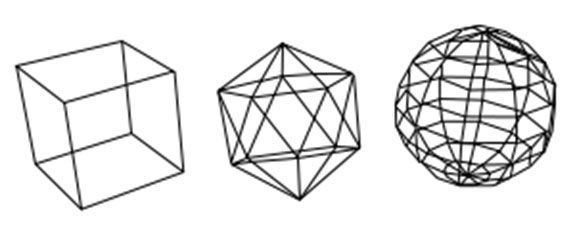
How to Make Your Own Wire Topiary Wired Forms
Topiary trees can mean many things to many people. To have a relevant conversation for a topiary tree, you need to ask the questions such as a live, artificial, or preserved topiary. Where will the topiary live, indoors or outdoors? Do you know the temperature hardinness range zone? Who is the topiary artist? Once you have the basic questions answered, you can plan for a topiary tree display. A topiary form is topiary art. It is hard for a topiary artist to take inspiration from a picture and bring it to reality. This is where the art comes into play as the artist will use their imagination to make a topiary life form such as a cat, pig, horse and anything you can think of. Some of the forms such as a face are very detailed and the artisan will conform the wire to take the contour of a live human person or animal. This is not easy to do and still keep the perspective of the topiary.Topiaries are plants that have been designed to grow in a certain shape. Topiaries can be simple squares, circles, or triangles, but they can also be more complex shapes, like animals. A wire form will serve as the base for any topiary, whether it is a live outdoor topiary or an artificial topiary. You can make your own wire topiary forms fairly easily - here’s how to do it.
1. Start by deciding on the size and shape of the topiary you want to create. If you’re going to be doing a two-dimensional topiary, you will likely be able to freehand your structure - you’ll just need to measure out the appropriate amount of wire. For a three-dimensional topiary, you’ll need something to make your form around. For example, if you want to make an animal-shaped topiary, you can use a stuffed animal as a guide. When deciding on the size of the topiary, be conscious of the size of the pot. If the topiary is too big, it may not balance well.
2. Measure out how much wire you want to use. The wire should be a light gauge that’s easy to form. Once you have the appropriate length of wire, cut it with wire cutters. You may want to start with a little bit more wire than you think you’ll need, and trim it down as you go. Then, use pliers to form your topiary animals or shapes. You won’t need any professional training to do this, as the wire is very pliable and easy to adjust.
3. Secure your wire frame over the pot where you want the plant to go. Once the frame is secure, you’ll need to get the plant to grow in the shape of the topiary. Usually you can do this just by winding the stem of the plant around the wire. However, in some cases, you’ll need to use an additional thin florist’s wire to further secure the plant. Once the plant starts growing around the topiary, you’ll need to prune it to ensure that it continues to grow and maintains its shape.
A three-dimensional topiary is a 3D sculpture. If you are using artificial plants, you’ll need to be a bit more exacting when attaching them to the frame. However, you won’t need to worry about pruning the plants once you’ve got them in the right position.Ideally, you should use a plant that has relatively small leaves for your topiary. Plants with small leaves are much easier to train into specific shapes, and they create a nice uniform look. Holly, boxwood, and ivy are all popular choices - check to see which option will do best in your climate for topiary trees. Topiaries are a great addition to your home, whether it’s a small indoor plant or a large outdoor tree. You can also make your own wire topiary frames for your office, which is a good alternative to expensive commercial topiaries.
Featured Image Credit: Wapcaplet / Wikimedia Commons